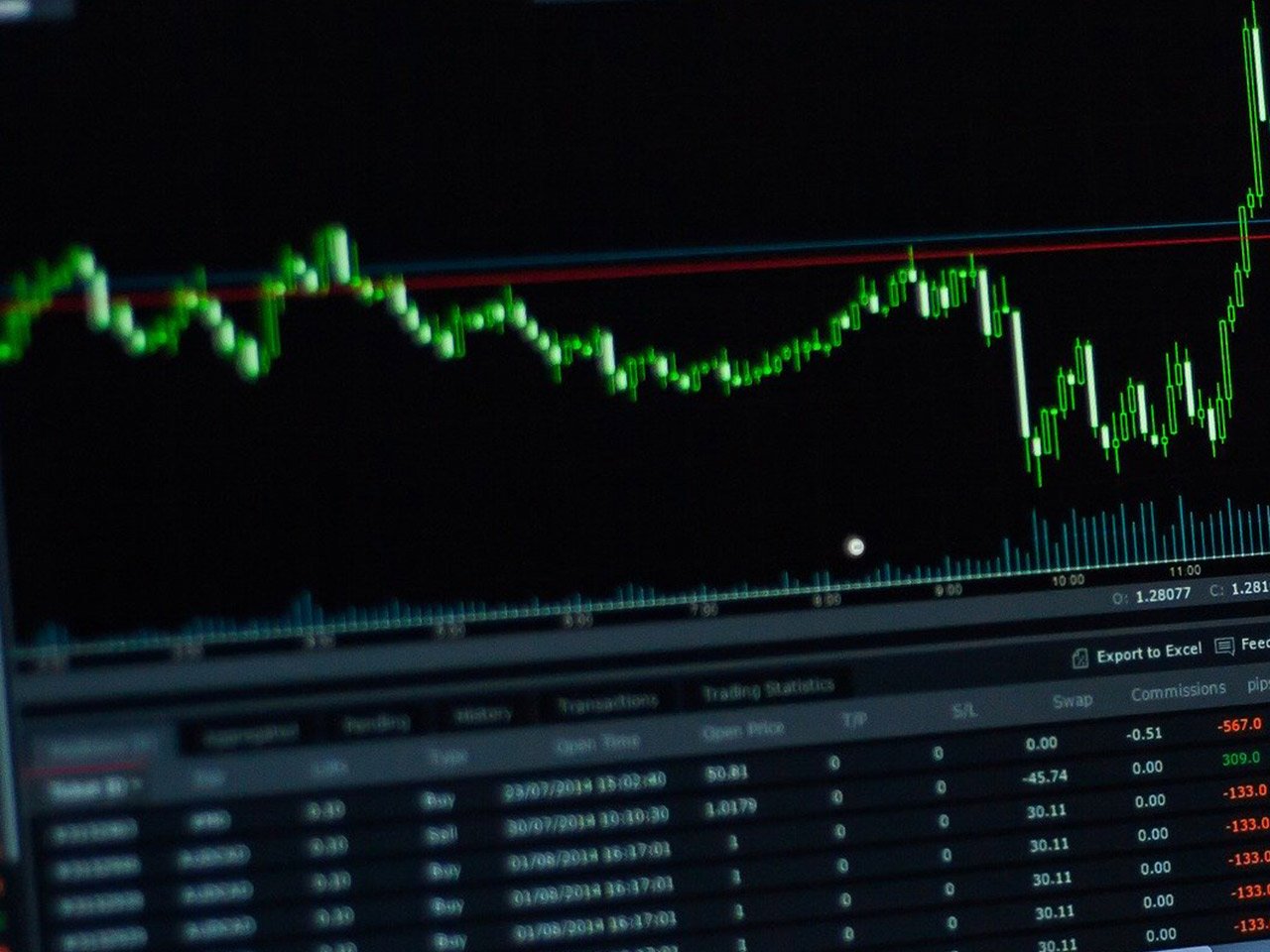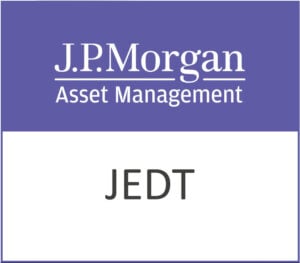Warby Parker Inc. (NYSE: WRBY) has carved out a unique niche in the healthcare sector, specifically within the medical instruments and supplies industry, by revolutionizing how consumers purchase eyewear. As an innovative eyewear retailer, Warby Parker has effectively blended an online presence with brick-and-mortar stores, offering a diverse range of products from prescription glasses to stylish sunglasses and essential accessories. With its headquarters in New York City, the company has successfully expanded its footprint across the United States and Canada, appealing to a broad demographic seeking convenience and style.
Currently, Warby Parker’s stock is priced at $24.49, showcasing a modest increase of 0.04% recently. The company’s market capitalization stands at $2.97 billion, reflecting its significant presence in the eyewear market. Over the past 52 weeks, the stock has seen fluctuations between a low of $12.79 and a high of $28.42, indicating a volatile yet potentially rewarding investment for those who can handle the swings.
One of the standout aspects of Warby Parker’s financial performance is its impressive revenue growth of 11.9%. This growth signifies the company’s ability to capture market share and expand its customer base, a positive indicator for investors eyeing potential growth stocks. However, the financials reveal some areas of concern. With a reported EPS of -0.12 and a return on equity of -4.25%, Warby Parker shows it is yet to achieve profitability. This is further highlighted by the absence of a trailing P/E ratio and a forward P/E of 56.32, which could suggest that the market expects significant growth in the near future.
From a valuation perspective, certain metrics like the PEG ratio, Price/Book, and Price/Sales are not available, making it challenging to assess the stock’s valuation comprehensively. Moreover, the company’s free cash flow stands at over $37 million, providing some cushion as it navigates its path to profitability.
Warby Parker does not currently offer a dividend, as evidenced by a 0% payout ratio. This suggests that the company is likely reinvesting its earnings back into the business to fuel further growth and expansion, a strategy common among growth-oriented companies.
Analysts are generally optimistic about Warby Parker’s prospects, with eight buy ratings and seven hold ratings, and no sell ratings. This consensus underscores a level of confidence in the company’s strategy and market position. The target price range for WRBY is broad, from $16.00 to $30.00, with an average target of $23.62, suggesting a slight potential downside of -3.57% from the current price. This divergence in target prices highlights differing opinions on the company’s near-term performance, indicating that investors should closely monitor market conditions and company developments.
Technical indicators provide a mixed picture. The stock’s 50-day moving average at $22.31 and 200-day moving average at $21.43 suggest a positive trend, while the RSI of 53.40 indicates that the stock is neither overbought nor oversold. The MACD at 0.62, slightly below the signal line of 0.69, suggests a cautious outlook for momentum investors.
Warby Parker’s innovative approach to the eyewear market, combined with its strong revenue growth, makes it a compelling company to watch. However, potential investors should weigh the company’s growth potential against its current lack of profitability. As Warby Parker continues to refine its business model and expand its market presence, it remains a stock that could offer significant rewards for those willing to navigate its inherent risks.










































